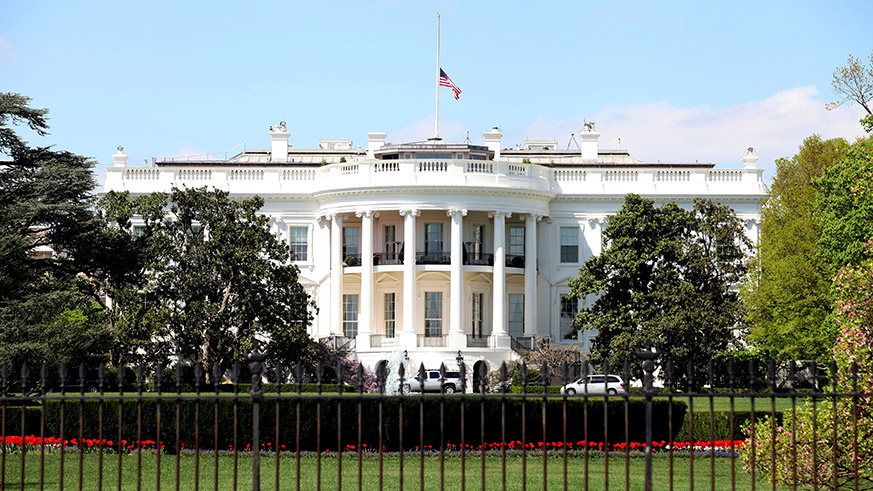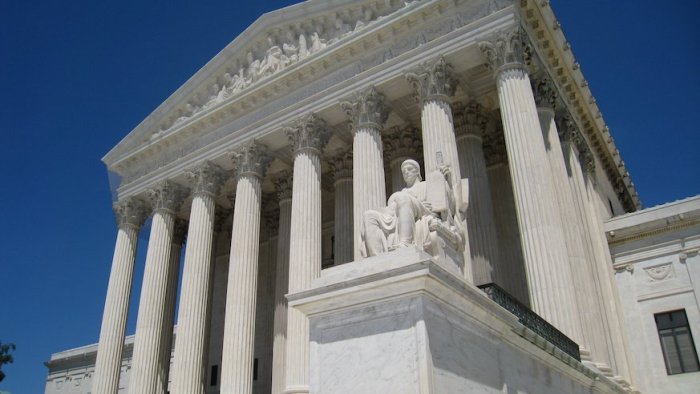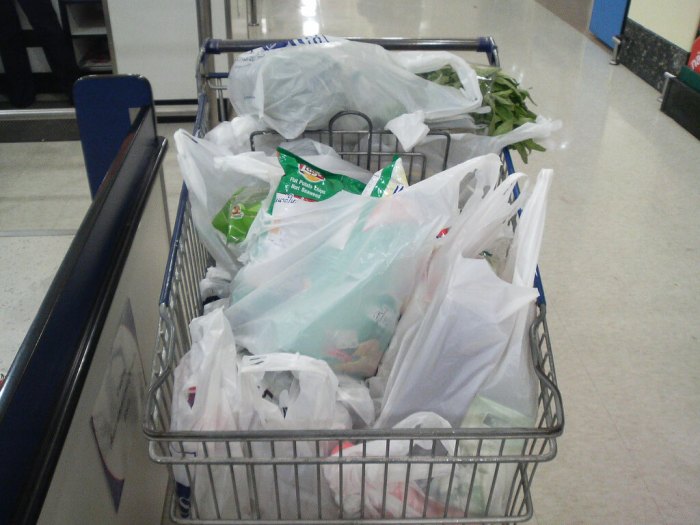What are government shutdowns and what happens during one? You might be about to find out first hand.
For the 18th time since 1976, the prospect of a government shutdown loomed over Capitol Hill, as Democrats and Republicans seemed at an impasse over a short-term spending bill to keep the federal government operating. The current bill, which was passed in September, expires on Saturday.
At issue: Democrats are pushing for the bill to include protection for Deferred Action for Childhood Arrivals (DACA), an Obama-era order that shielded children brought to the U.S. by undocumented immigrants from deportation. President Trump has rescinded it.
On Thursday morning, Trump tweeted that that funding for the expired Children’s Health Insurance Program, which provides health insurance to low-income kids, should not be part of the short-term bill. This complicated things for Republicans, who had already agreed to add it to the bill as a sweetener to both parties. By Thursday midday, a shutdown looked increasingly likely.
What are government shutdowns? What’s closed during a government shutdown?
All “non-essential” agencies and departments would pause operations, including agencies that process small business loans, passport requests and firearms permits. National parks, zoos and monuments would be closed. During the 2013 government shutdown, up to 850,000 federal employees were furloughed, or placed on temporary leave, per day. They were ultimately paid retroactively for their time off.
Federal workers considered essential to public safety or the economy would continue working, including the military, TSA screeners, air-traffic controllers, law enforcement officials, border-patrol agents, doctors and VA hospitals.
Considered essential: Robert Mueller’s Russia investigation. “All employees with the Special Counsel’s Office are considered exempt and would continue their operations in the case of a lapse in appropriations,” a Justice Department spokesperson said.
The most recent government shutdown was from Oct. 1 to Oct. 16, 2013, under President Obama. It cost the government $24 billion.
Do government benefits stop during a shutdown?
Social Security has its own source of funding, so those checks would continue to be sent out. The Postal Service will continue to deliver mail. Medicare, Medicaid and SNAP would also distribute benefits, although you might not be able to reach customer service during a shutdown. Federal mortgages and unemployment benefits might be delayed, as would replacement Social Security cards.























